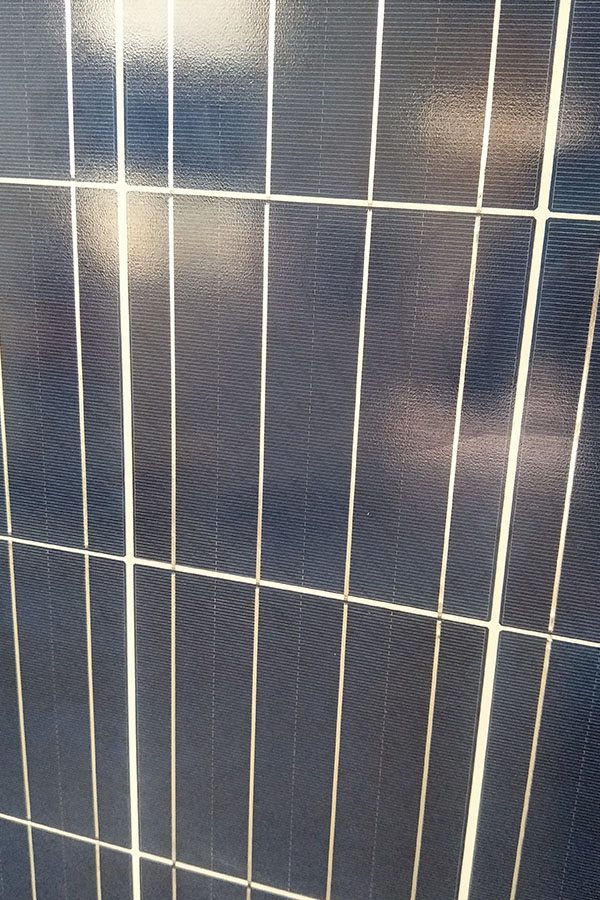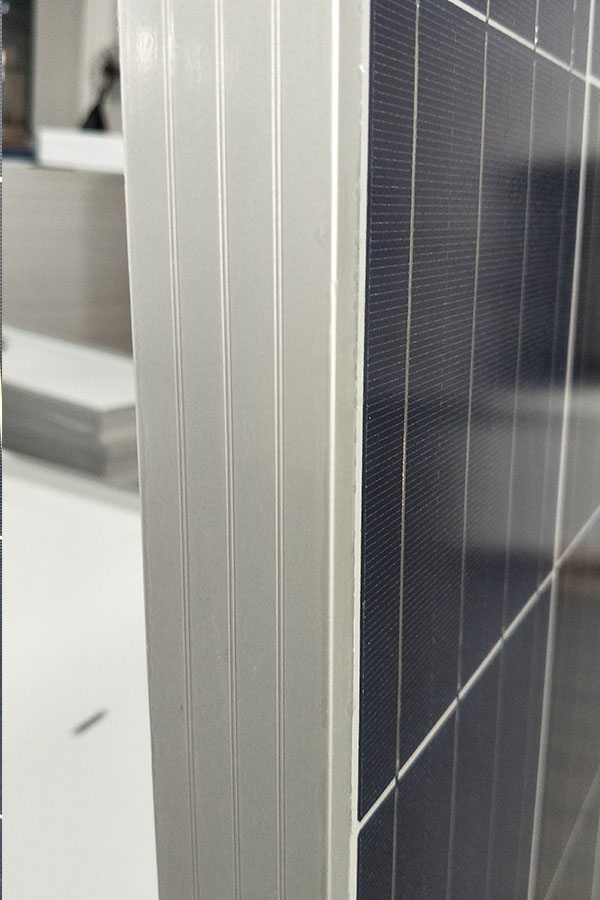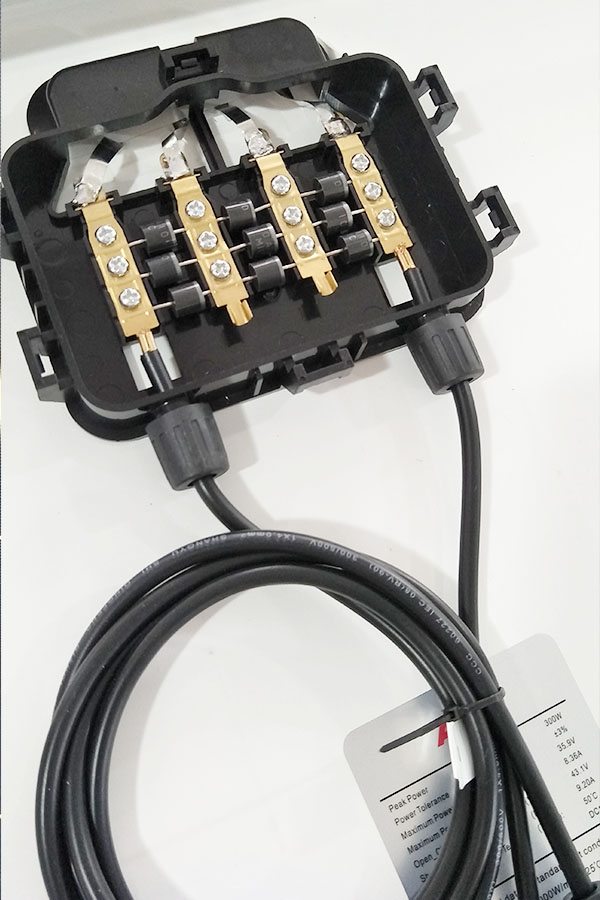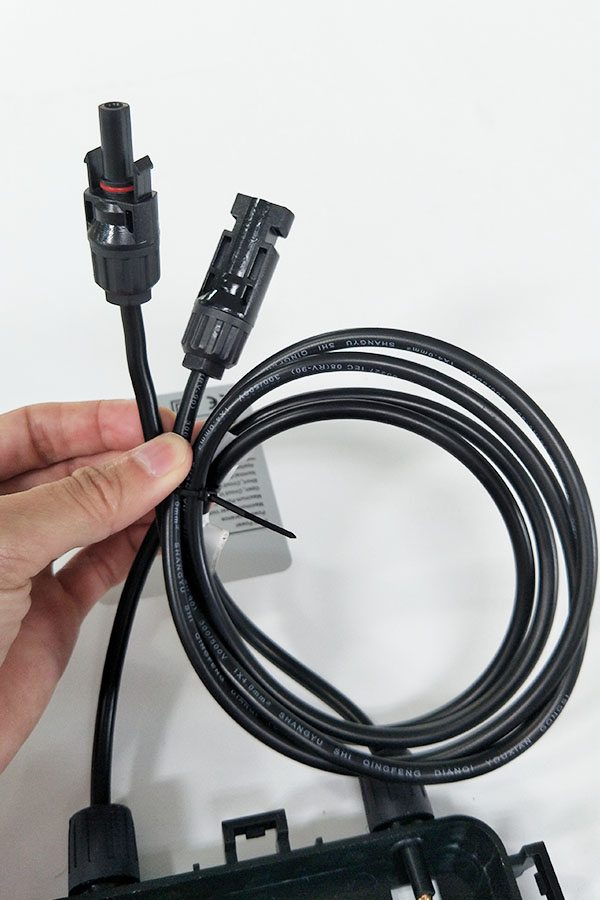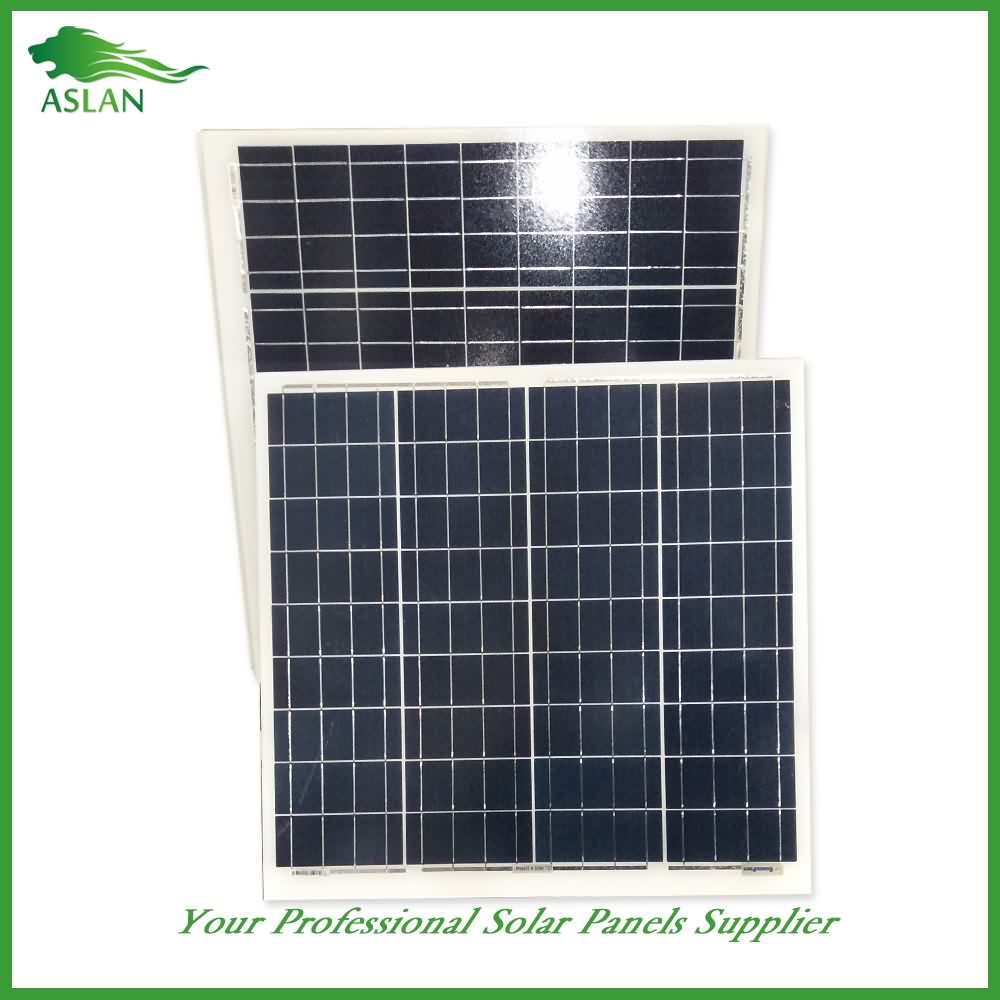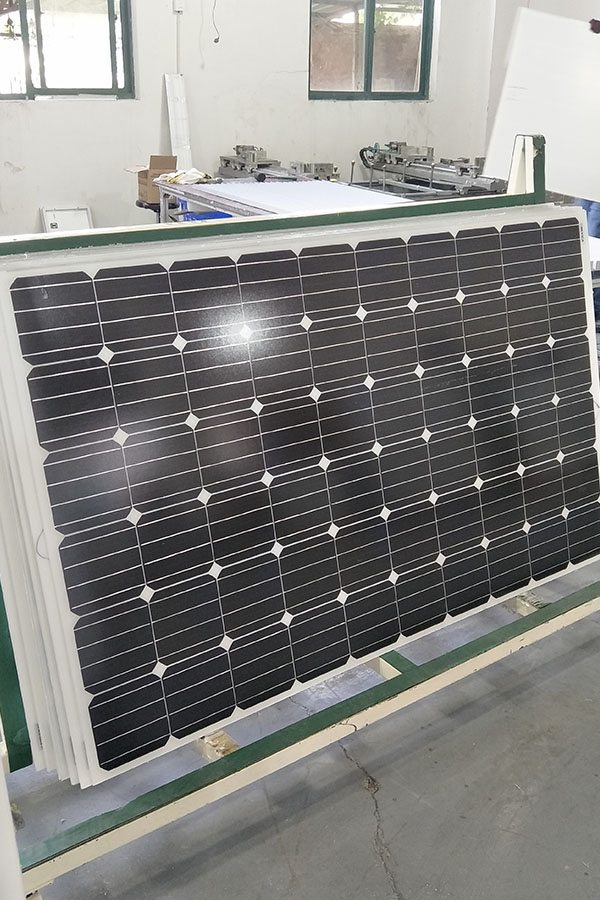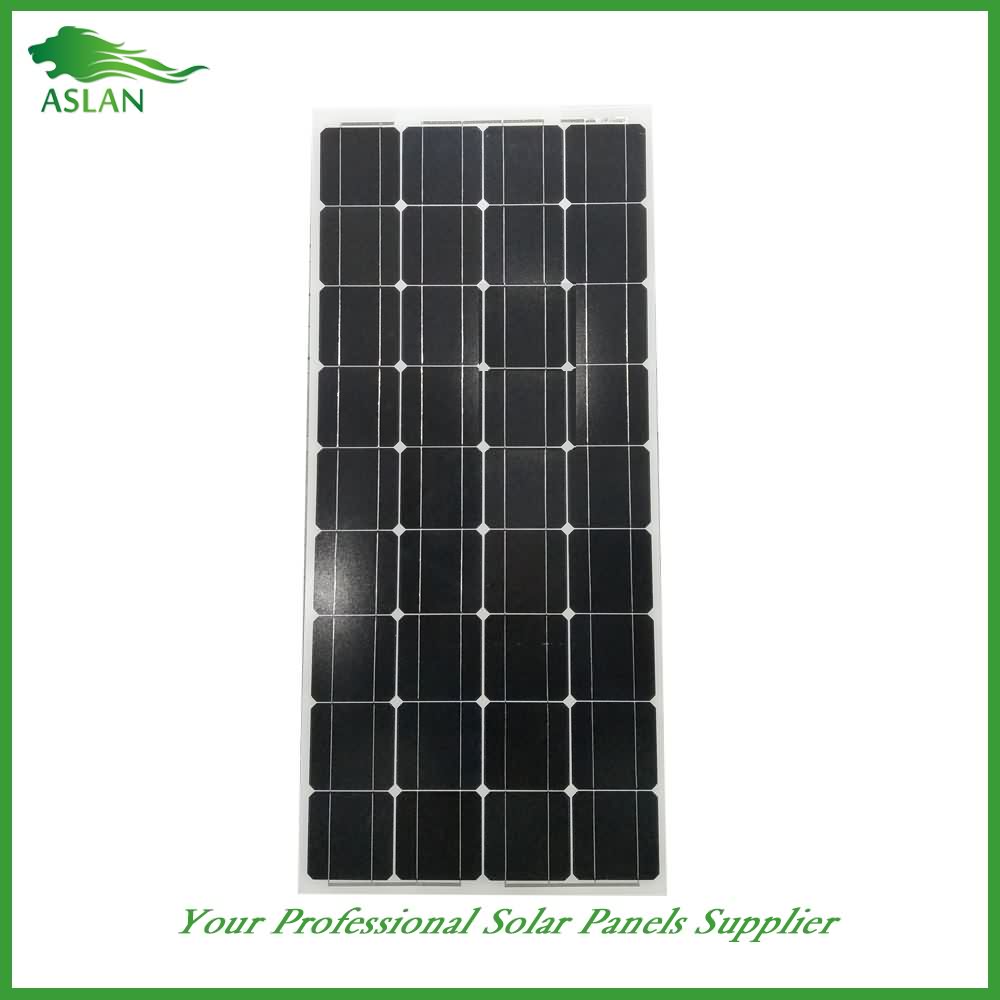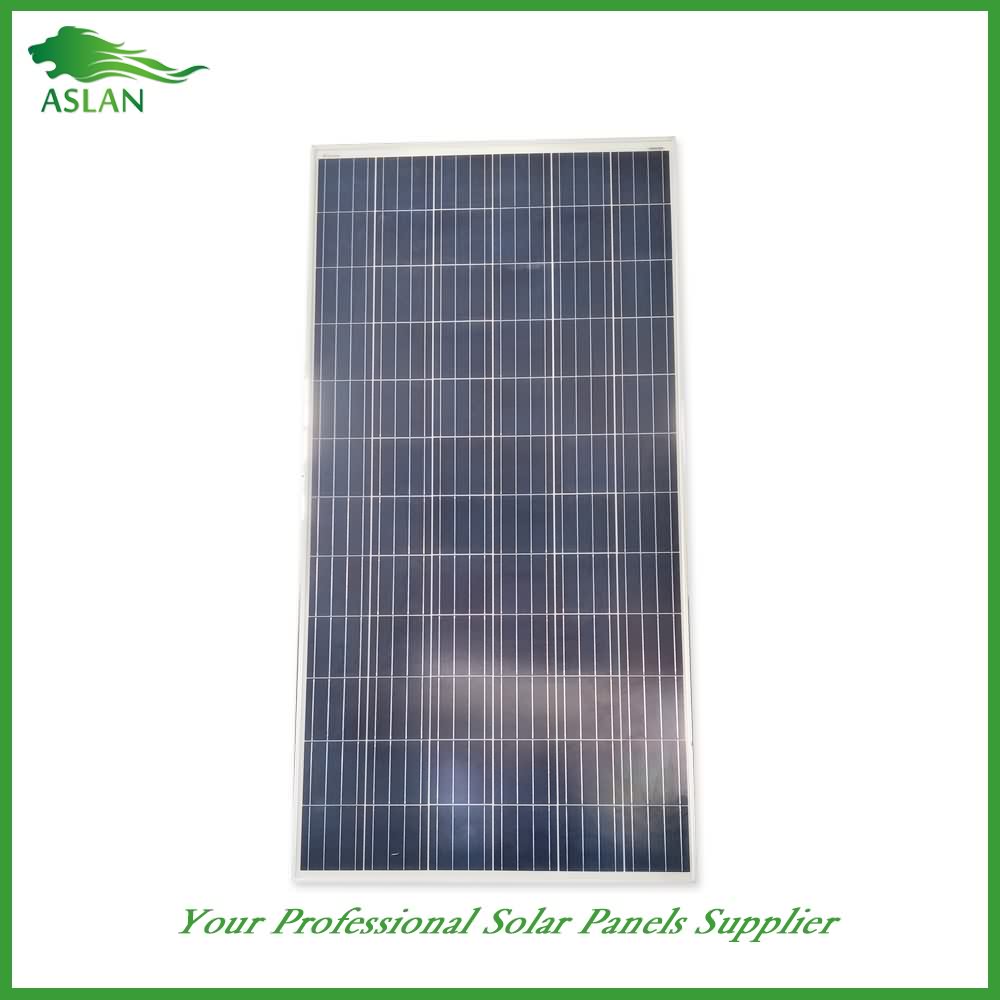Factory source manufacturing Poly-crystalline Solar Panel 200W Factory from Swaziland
Short Description:
Our company since its inception, always regards product quality as enterprise life, continuously improve production technology, improve product quality and continuously strengthen enterprise total quality management, in strict accordance with the national standard ISO 9001:2000 for Factory source manufacturing Poly-crystalline Solar Panel 200W Factory from Swaziland, We welcome new and old customers to contact us by phone or send us inquiries by mail for future business relationships and achieving mutual success.
Poly-crystalline Solar Panel 200W
Technical parameter
Maximum Power(W) 200W
Optimum Power Voltage(Vmp) 26.78V
Optimum Operating Current(Imp) 7.47A
Open Circuit Voltage(Voc) 32.66V
Short Circuit Current(Isc) 8.21A
Mechanical Characteristics
Cell Type Polycrystalline 156x156mm (6 inch)
No of Cell 54 (6x9pcs)
Dimensions 1482x990x40mm
Weight 17.6Kg
Front Glass 3.2mm,High Transmission, Low Iron,Tempered Glass
Junction box IP65 Rated
Output Cable TUV 1×4.0mm2/UL12AWG,Length:900mm
Temperature and Coefficients
Operating Temperature(°C): -40°C ~ + 85°C
Maximum System Voltage: 600V(UL)/1000V(IEC) DC
Maximum Rated Current Series: 15A
Temperature Coefficients of Pmax: -0.47%
Temperature Coefficients of Voc: -0.389%
Temperature Coefficients of Isc: 0.057%
Nominal Operationg Cell Temperature (NOCT): 47+/-2°C
Materials of solar panel
1).Solar Cell——Polycrystalline solar cell 156*156mm
2).Front Glass——-3.2mm, high transmission, low iron, tempered glass
3).EVA——-excellent anti-aging EVA
4).TPT——-TPT hot seal made of flame resistance
5).Frame——anodized aluminum profile
6).Junction Box——-IP65 rated, high quality, with diode protection
Superiority: high quality anodized aluminum frame, high efficiency long life, easy installation, strong wind resistance, strong hail resistance.
Features
1. High cell efficiency with quality silicon materials for long term output stability
2. Strictly quality control ensure the stability and reliability, totally 23 QC procedures
3. High transmittance low iron tempered glass with enhanced stiffness and impact resistance
4. Both Poly-crystalline and Mono-crystalline
5. Excellent performance in harsh weather
6. Outstanding electrical performance under high temperature and low irradiance
Quality assurance testing
Thermal cycling test
Thermal shock test
Thermal/Freezing and high humidity cycling test
Electrical isolation test
Hail impact test
Mechanical, wind and twist loading test
Salt mist test
Light and water-exposure test
Moist carbon dioxide/sulphur dioxide
UNSW School of Photovoltaic and Renewable Energy Engineering
Metal halide perovskites: a new family of semiconductors for photovoltaics and optoelectronics
Henry Snaith
University of Oxford
To view complete with slides:
http://www2.pv.unsw.edu.au/videos/Henry-Snaith-19January2017/
To view additional seminars:
https://www.engineering.unsw.edu.au/energy-engineering/public-research-seminars
Homepage: http://www.pv.unsw.edu.au
ABSTRACT:
Over the last few years metal halide perovskites have risen to become a very promising PV material, captivating the research community. In the most efficient devices, which now exceed 22% solar to electrical power conversion efficiency, the perovskite is present as a solid absorber layer sandwiched between n and p-type charge collection contacts. Increasing importance of improving solar cell operation is reliant upon understanding and controlling thin-film crystallisation and controlling the nature of the heterojunctions between the perovskite with the p and n-type charge extraction layers. In addition, understanding and enhancing long term stability of the materials and devices if a key driver. Despite the competitive efficiency, and assuming that stability challenges will be surmountable, for perovskites to feasibly enter the PV market, the commercial modules need to deliver something which other technologies cannot: Their unique selling point is ease of tuning the band gap, which can deliver both hybrid and all-perovskite multi-junction solar cells, with a feasibility of much higher efficiency than current commercial flat plate PV technologies. I will present the brief recent history of the emergence of perovskite photovoltaics, and highlight the key factors which are important for reaching the maximum efficiencies. I will specifically highlight recent advances in understanding the thin film crystallisation and enhancing the long term operational stability through compositional design of the perovskite, in addition to appropriate choice and adaptation of charge selective contacts. I will demonstrate efficient perovskite solar cells with band gaps ranging from 1.2 to 1.8 eV and show these materials integrated into hybrid tandem solar cells with silicon and all perovskite monolithic 2-terminal tandem cells. Finally, I will highlight our efforts on commercialising perovskite solar cells, and the key targets which will be achieved over the next few years to bring this technology to market.
SHORT BIOGRAPHY:
Henry Snaith undertook his PhD at the University of Cambridge, working on organic photovolatics under Prof Sir. Richard Friend, then spent two years at the EPFL, in Switzerland, as a post doc working on dye-sensitized solar cells under Prof Michael Grätzel. He returned to the Cambridge to take up a Fellowship for Clare College in 2006, and moved to the Clarendon Laboratory of Oxford Physics in 2007, where he now holds a professorship and directs a group researching in optoelectronics, specifically organic, hybrid and perovskite devices. His research is focused on developing new materials and structures for hybrid solar cells and understanding and controlling the physical processes occurring at interfaces. He has made a number of significant advances for emerging PV, with the recent discovery that metal halide perovskites can operate extremely efficiently in thin film based solar cells being most notable. Prof Snaith has received a number of research awards including the Institute of Physics Patterson Medal and Prize (2012), the Materials Research Society Outstanding Young Investigator Award (2014) and the European Materials Research Society EU-40 Materials Prize (2015). He was elected as a Fellow of the Royal Society in 2015, which reflects the global recognition he has garnered for his outstanding work. In addition he was named one of “Natures Ten” people who mattered in 2013, and assessed as being the world’s 2nd “most influential scientific mind” in 2016, based on citations of his scientific papers. In December 2010 he founded Oxford Photovoltaics Ltd. which is rapidly commercializing the perovskite solar technology transferred from his University Laboratory.
Built up by SolarGrid Tanzania Ltd in Pugu, Dar es Salaam
